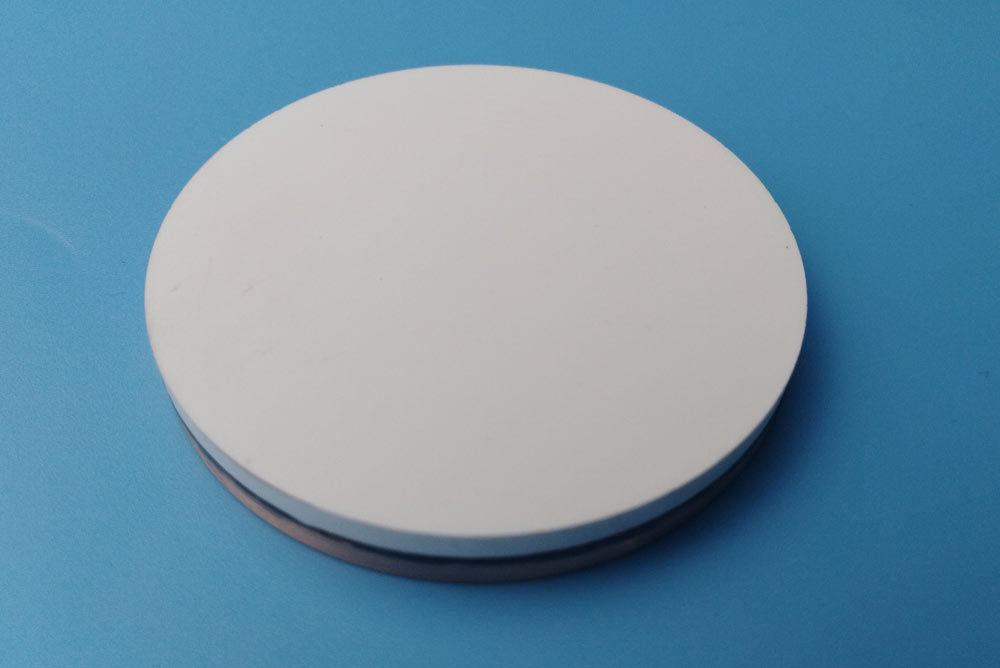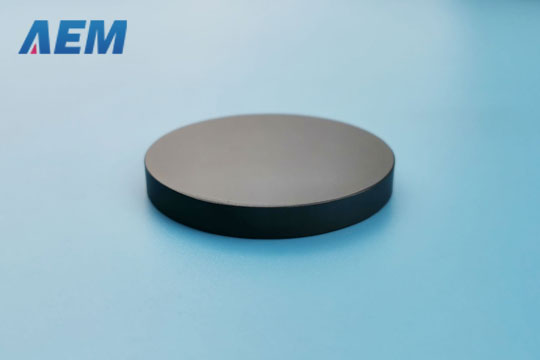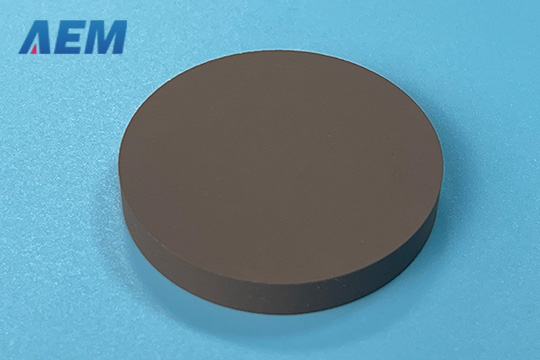 +86-731-89578196
+86-731-89578196
 [email protected]
[email protected]
- Home
- Our Company
-
Products
Sputtering Targets

- Industries
- Blog
- FAQ
- Contact Us
Why Do Some Sputtering Targets Need Target Bonding?
views, Updated: 2021-09-29
Why do some sputtering targets need target bonding? AEM Deposition shares several reasons for you:
1. A material can transfer heat through its thickness faster when the material is thinner. For most sputtering R&D guns, the target's thickness is reduced to half when it is bonded to a backing plate because the gun has a maximum thickness allowance. The copper backing plate comprises the other half of the thickness. The thinner target can cool more effectively than a thicker target because the distance that the heat generated on the target's surface has to travel to reach the cooled side is reduced.
2. A ceramic material can cool more efficiently when bonded. The target is intimate contact with the conductive solder layer, which draws the heat from the target surface and into the copper backing plate. The copper backing plate is in contact with the water-cooled gun, so the heat is transferred through both copper pieces and is removed through the cooling water.
3. Some ceramic sputtering targets crack during sputtering due to thermal shock regardless of whether the target is bonded or the ramping procedure used to condition the target. Bonded targets can usually continue to be used even after a target crack occurs, where typically an un-bonded target cannot.
Bonding Services & Assurance of AEM Deposition
We offer target bonding on backing plates using indium-, elastomer-, aluminum- and silver-based metallic alloy to improve thermal conductivity under high power inputs. Durable target bonding requires a variety of pre and post bond functions to assure adhesion. Our quality bonding techniques and process are characterized as follows:
1. To eliminate cavities at the edges of a solder bond that may entrap air and form a virtual vacuum leak in your sputtering system.
2. To ensure the thermal integrity of the interface between the system's cooling assembly and the surface of the target.
3. Zone controlled hot plates for precise control of thermal expansion and solderability.
4. C-Scan imaging system is used to detect material flaws, interrogate bonds, and accurately measure the thickness.
5. X-ray radiographic inspection to verify bond integrity.
LATEST NEWS














